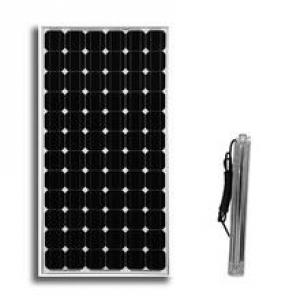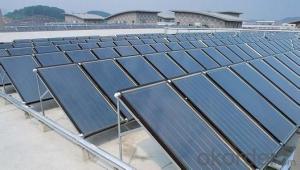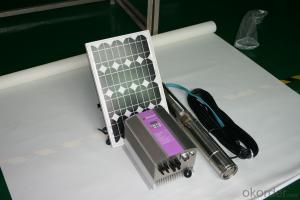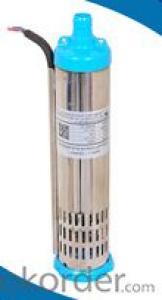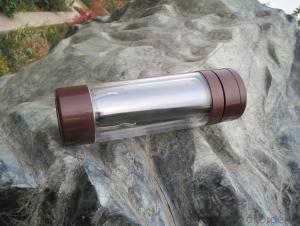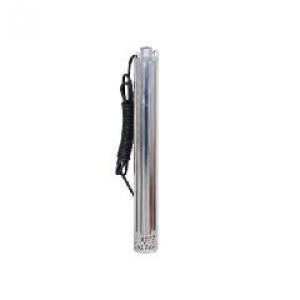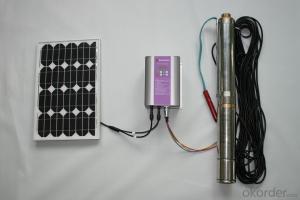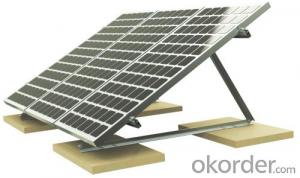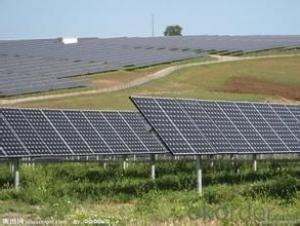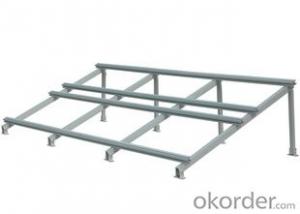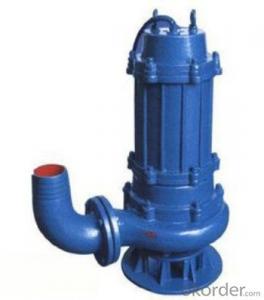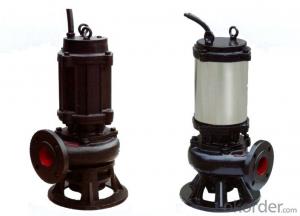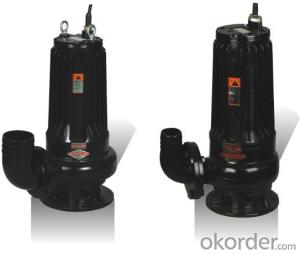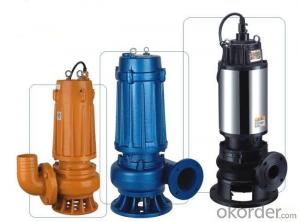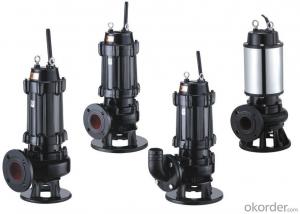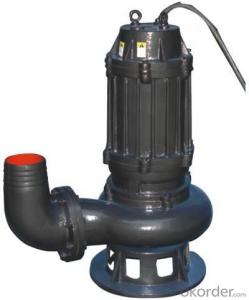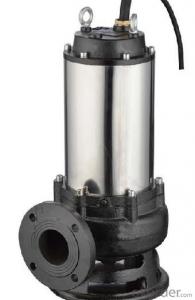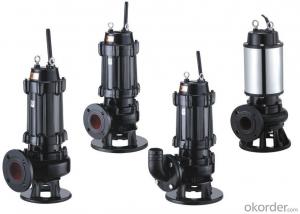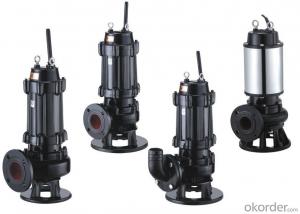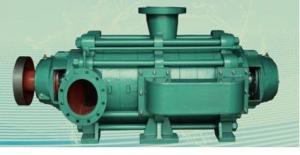Solar Inverter System
Solar Inverter System Related Searches
Solar Power Inverter System Solar Electric Inverter System Solar Inverter Systems Inverter Solar System Solar System Inverter Home Solar Inverter System Solar Hybrid Inverter System Inverter Solar Systems Solar Micro Inverter System Hybrid Solar Inverter System Solar And Inverter System Micro Inverter Solar System Solar Solar Inverter Battery Inverter Solar System Hybrid Inverter Solar System Inverter Solar Inverter Charger Solar System Complete Solar Inverter System Solar System Hybrid Inverter Solar Electric Inverter Inverter With Solar System Solar Inverter Cooling System Solar Energy Inverter Sun Solar Inverter Inverter Ac Solar System Solar System And Inverter Solar Light Inverter Solar Smart Inverter Home Solar System Inverter Solar Inverter InverterSolar Inverter System Supplier & Manufacturer from China
Solar Inverter System is a crucial component in the solar energy conversion process, which transforms the direct current (DC) generated by solar panels into alternating current (AC) that can be used by electrical appliances and fed into the power grid. This system plays a vital role in ensuring the efficient and reliable operation of solar power installations, making it an essential product in the renewable energy sector.The Solar Inverter System is widely used in various applications, such as residential rooftop installations, commercial buildings, and large-scale solar farms. It is designed to handle different power capacities, catering to the needs of diverse energy requirements. In addition to its primary function of converting DC to AC, the system also includes features like maximum power point tracking (MPPT), which optimizes the energy output from solar panels, and safety mechanisms to protect the system from potential damage.
Okorder.com is a leading wholesale supplier of Solar Inverter Systems, boasting a vast inventory that caters to the needs of various customers. With a commitment to providing high-quality products and exceptional service, Okorder.com ensures that customers have access to reliable and efficient solar inverter systems at competitive prices. By partnering with reputable manufacturers, Okorder.com is able to offer a diverse range of solar inverter systems, making it a one-stop-shop for all solar energy conversion needs.
Hot Products
